The Rich History of Moroccan Architecture: From Ancient to Modern
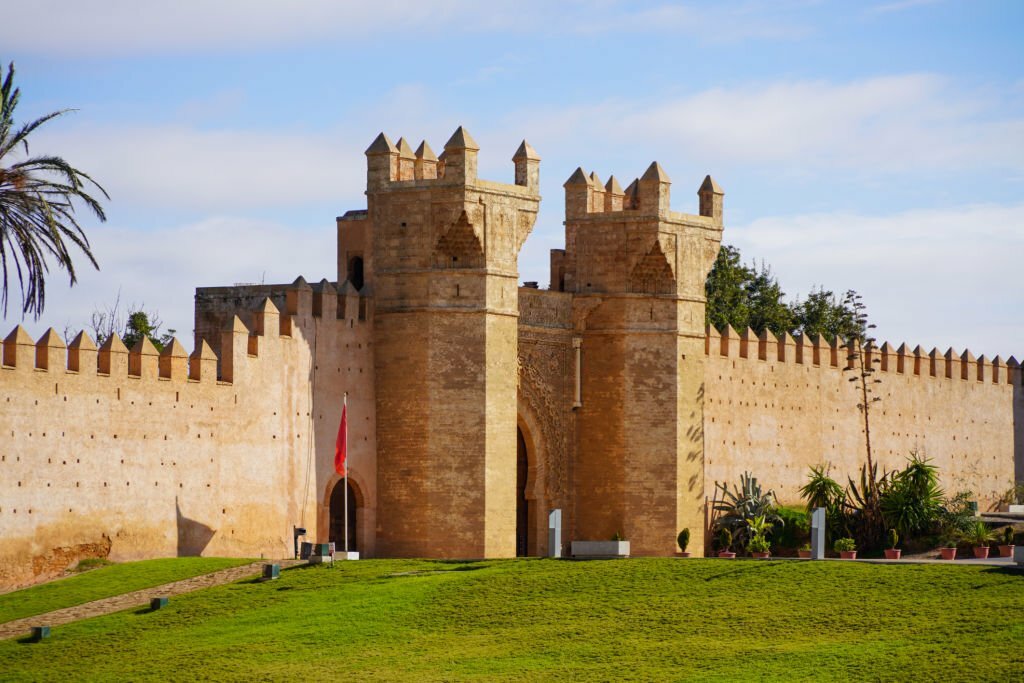
The Rich History of Moroccan Architecture: From Ancient to Modern
Introduction
Morocco’s architectural heritage is a testament to the country’s diverse history, blending influences from indigenous Berber traditions, Islamic architecture, and diverse cultural interactions. Spanning centuries, Moroccan architecture has evolved, preserving ancient techniques while incorporating modern innovations.
Ancient Berber Architecture
Earthen Structures and Kasbahs
The roots of Moroccan architecture trace back to the Berber civilization, characterized by earthen structures blending harmoniously with the natural landscape. Kasbahs, fortified mud-brick citadels, exemplify Berber architecture’s defensive and aesthetic elements, showcasing intricate designs and functional layouts.
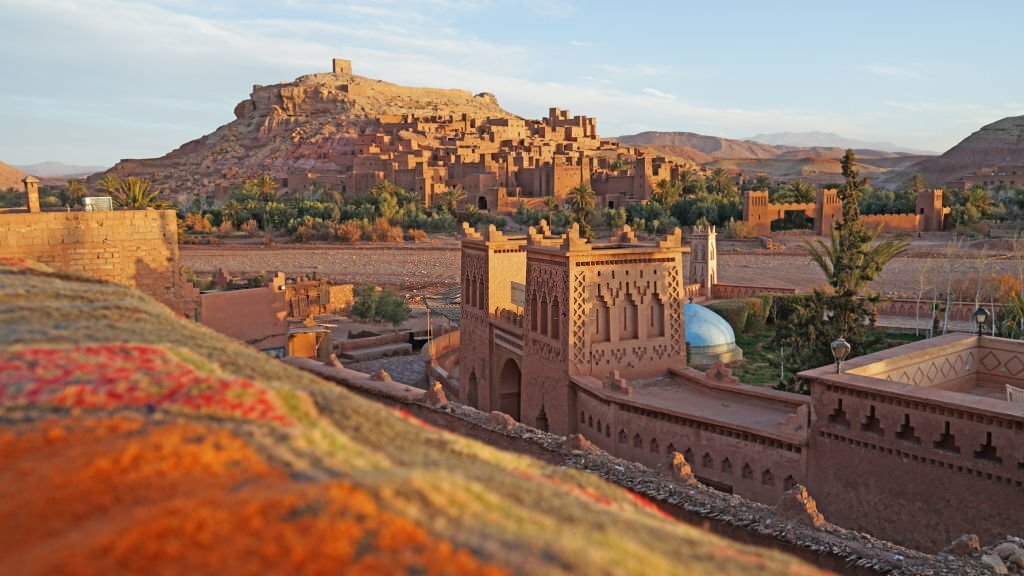
Islamic Influence
Splendor of Islamic Architecture
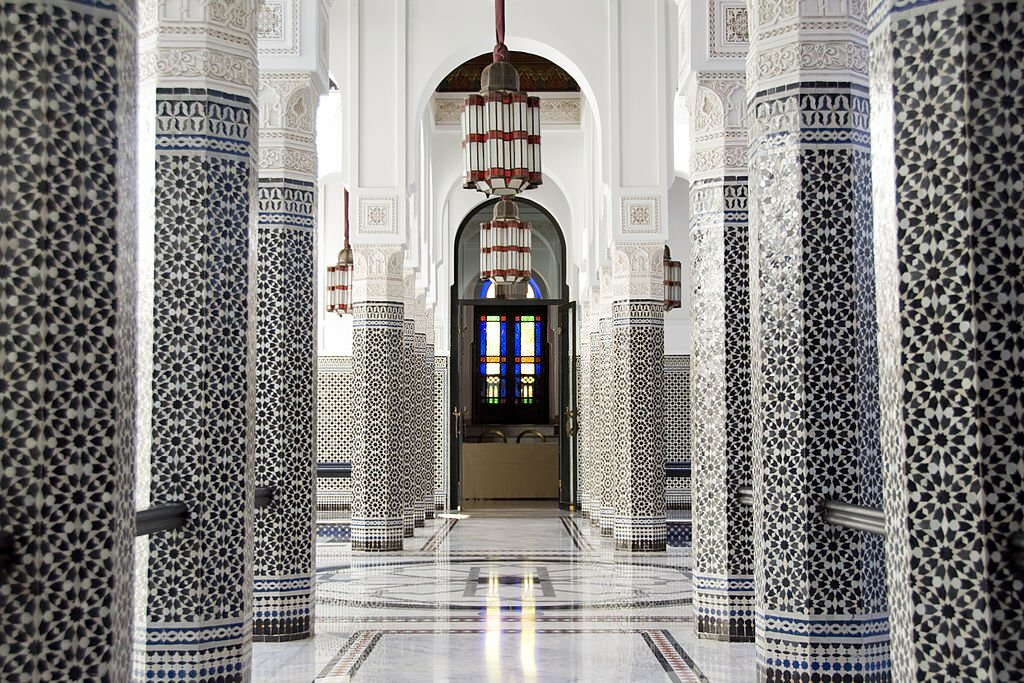
With the arrival of Islam in Morocco, architectural styles evolved, embracing intricate geometric patterns, ornate tilework (zellige), and decorative elements adorning mosques, madrasas, and palaces. The iconic Koutoubia Mosque in Marrakech stands as a prime example of Moroccan Islamic architecture, known for its stunning minaret and symmetrical design.
Moorish and Andalusian Influences
Elegance and Intricacy
Moorish and Andalusian influences, stemming from interactions with Al-Andalus (Islamic Spain), introduced elements like horseshoe arches, ornate plasterwork (gypsum carving), and lush gardens (riads). The Alhambra in Granada, Spain, inspired many architectural elements in Moroccan palaces and residences, showcasing intricate beauty and serene courtyards.
Moroccan Imperial Cities
Architectural Grandeur and Urban Planning
The Imperial Cities of Fez, Marrakech, Meknes, and Rabat boast architectural splendor and meticulous urban planning. Medinas, with their labyrinthine alleys and bustling souks, preserve traditional architecture, while historic monuments like Bab Mansour in Meknes stand as remarkable testaments to Moroccan craftsmanship.
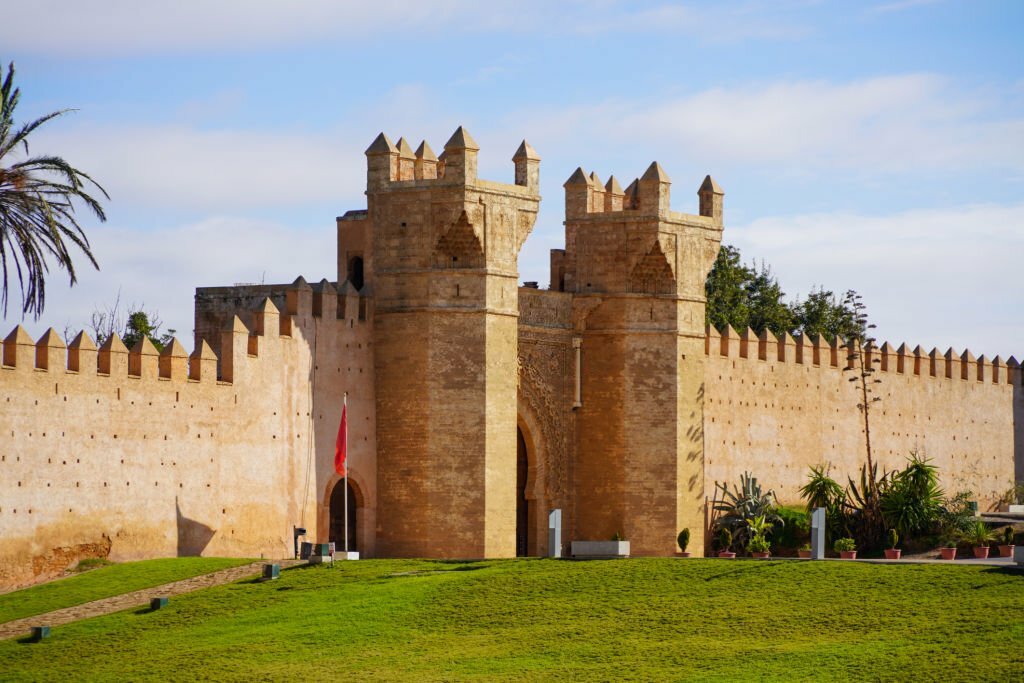
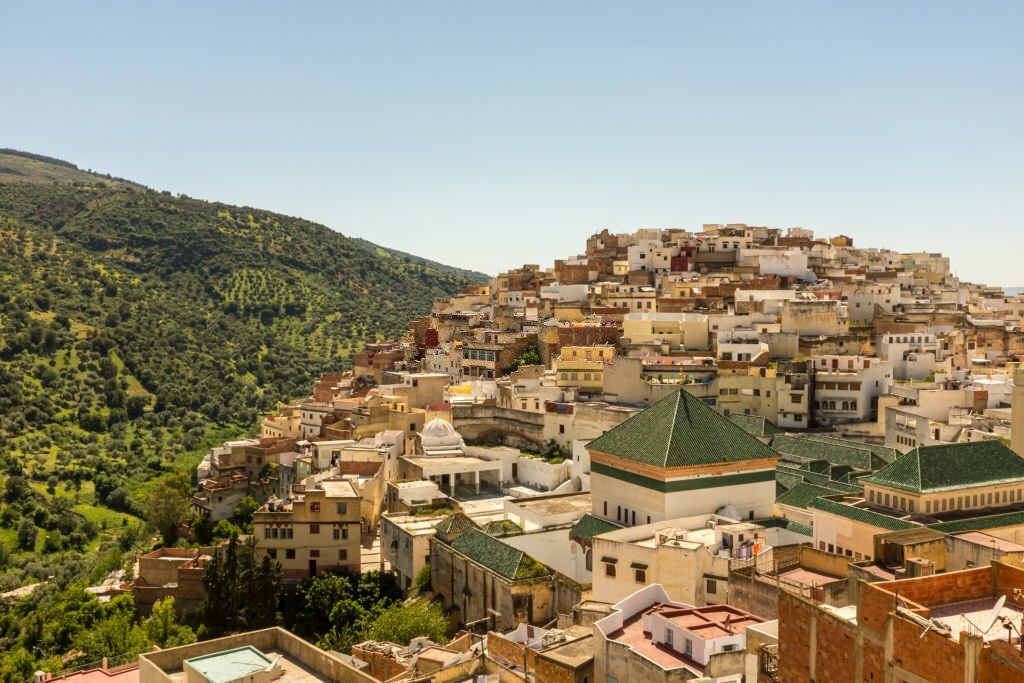
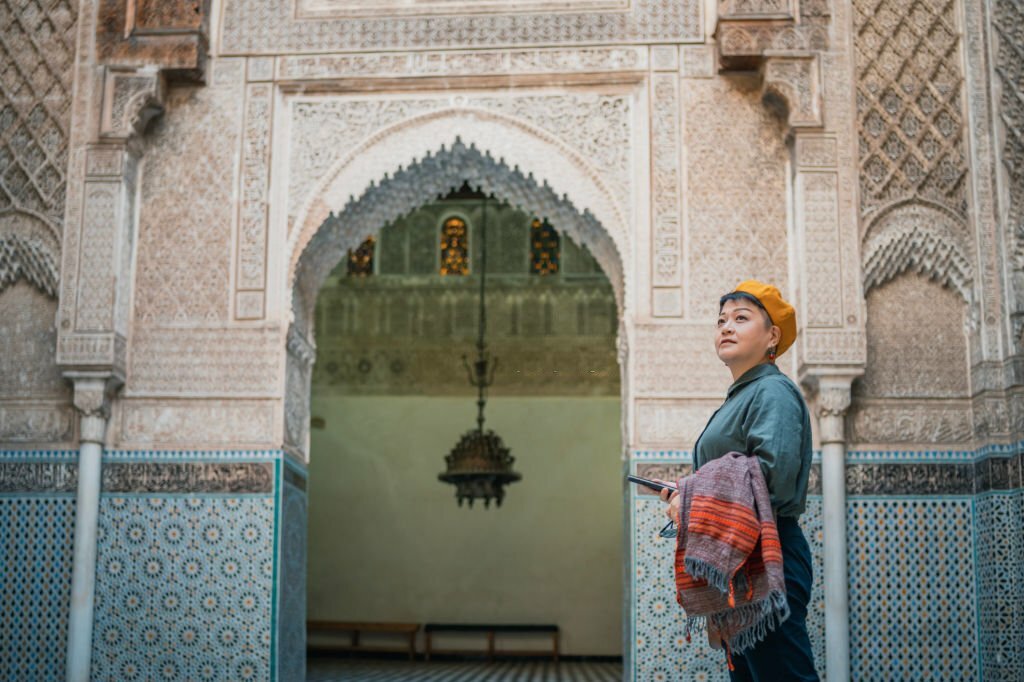
Modern Moroccan Architecture
Blend of Tradition and Innovation
Contemporary Moroccan architecture amalgamates traditional elements with modern design concepts. Architects draw inspiration from heritage while incorporating sustainable materials, innovative construction techniques, and contemporary aesthetics in urban spaces, public buildings, and private residences.
Conclusion
Moroccan architecture stands as a reflection of the country’s rich tapestry of cultures and historical influences. From the ancient Berber kasbahs to the intricate beauty of Islamic designs and the fusion of Moorish elegance, each architectural style narrates a unique story of Morocco’s past, shaping its present, and influencing its future.
FAQs
- Are there specific regions in Morocco renowned for preserving ancient Berber architecture?The Atlas Mountains region, including towns like Ait Benhaddou, showcases well-preserved examples of ancient Berber architecture.
- How has modernization impacted traditional Moroccan architecture?While modernization has introduced new materials and design concepts, efforts are made to balance modernity with the preservation of traditional architectural elements.
- What are some notable examples of modern Moroccan architectural innovation?The Hassan II Mosque in Casablanca and contemporary structures in cities like Casablanca and Tangier showcase modern Moroccan architectural innovation.
- Are there specific architectural tours or guides available for exploring Moroccan architecture?Yes, many tour operators offer guided tours focusing on Moroccan architectural wonders, providing insights into the country’s diverse architectural heritage.
All Categories
- Actividades en Marruecos
- Adventure
- Aventura
- blog
- blog
- Camping salvaje
- City Tours
- country tours
- Desert tours
- Estilo de vida
- Excursiones de un día a Marrakech
- Life Style
- Marrakech Day Trips
- Morocco activities
- Morocoo
- Rutas por el desierto
- Sin categorizar
- viajes por el país
- Visitas por la ciudad
- Wild Camping


